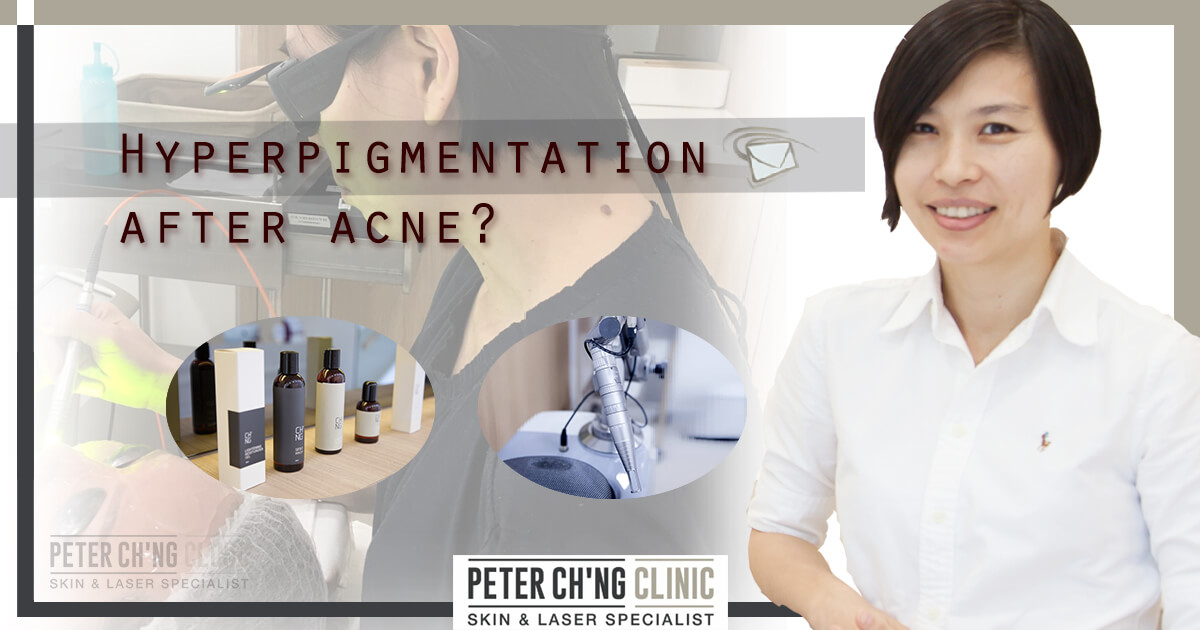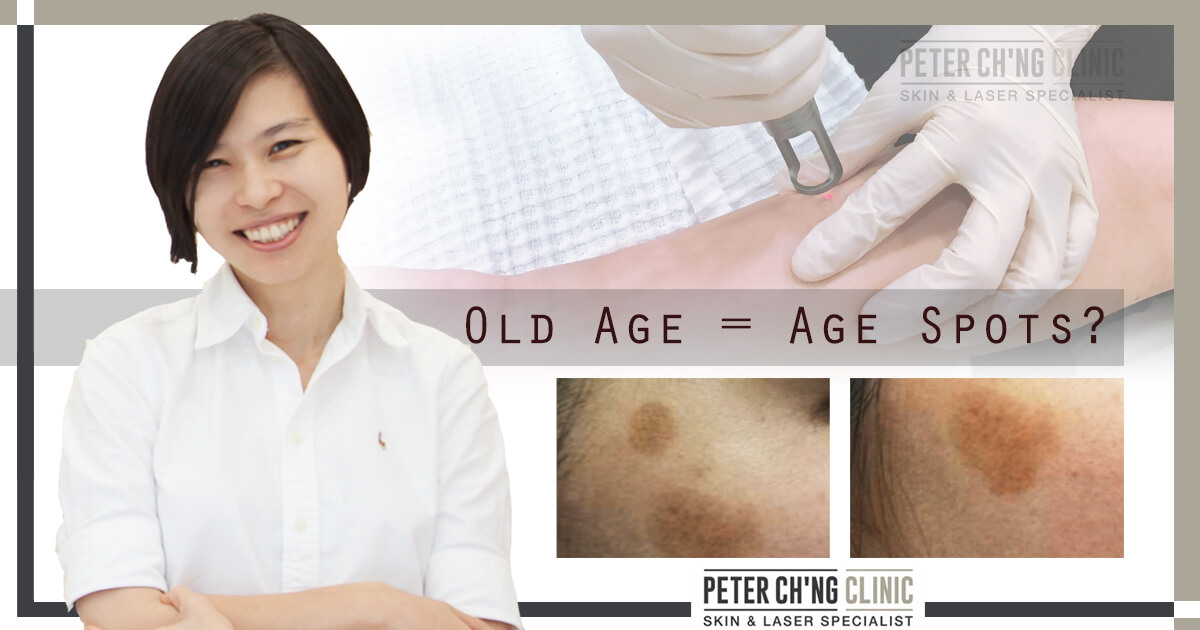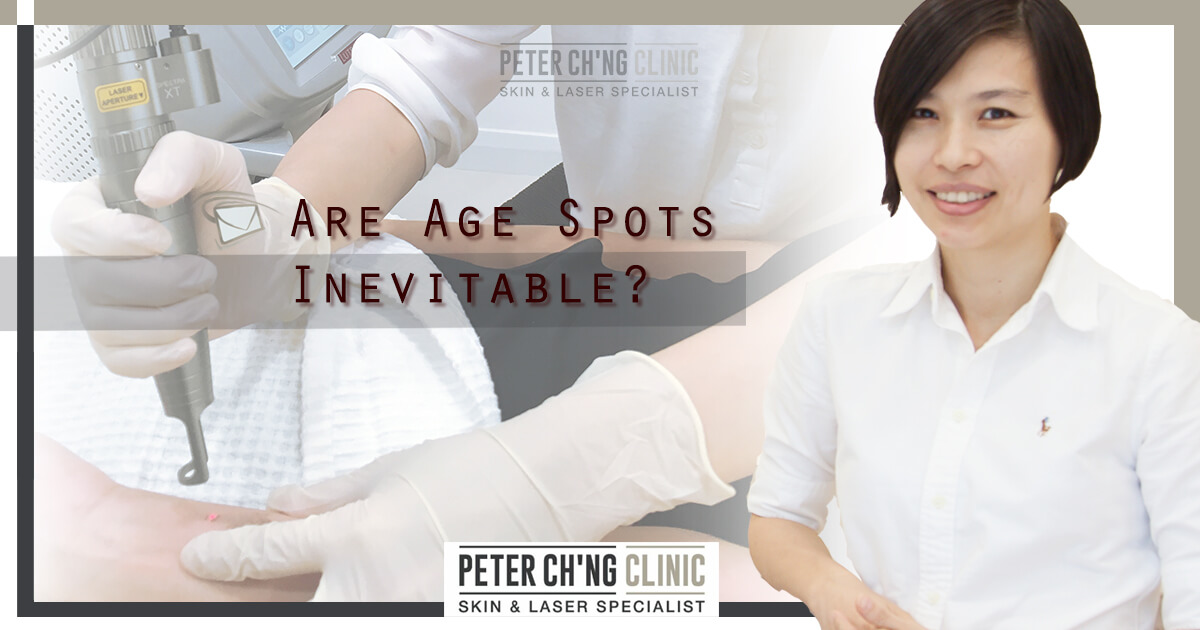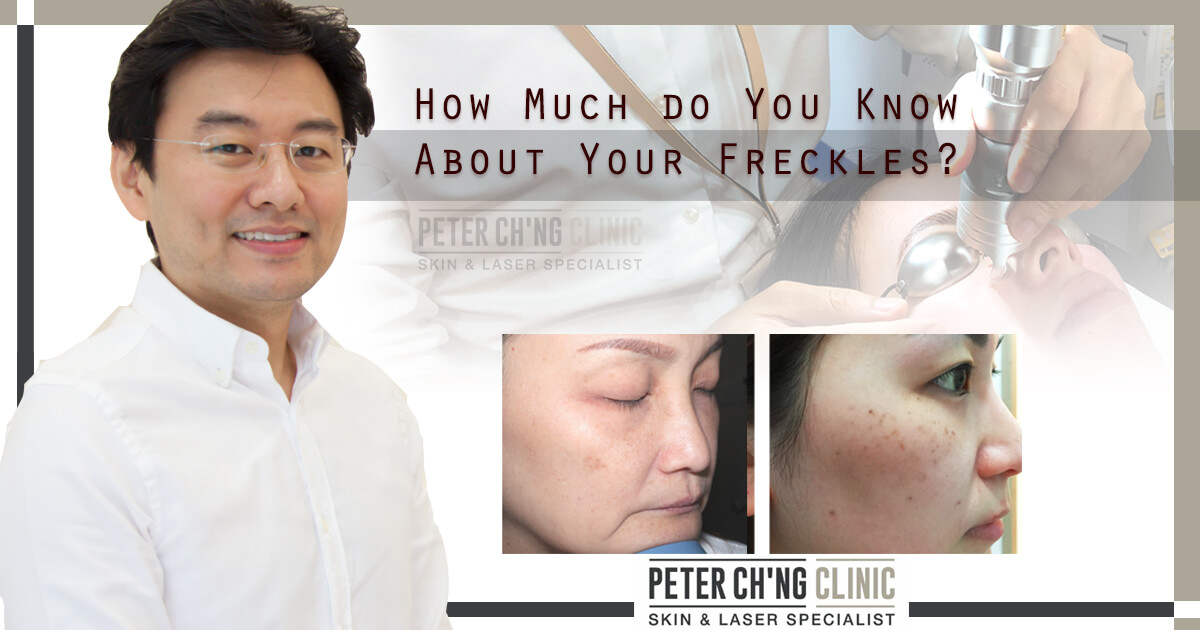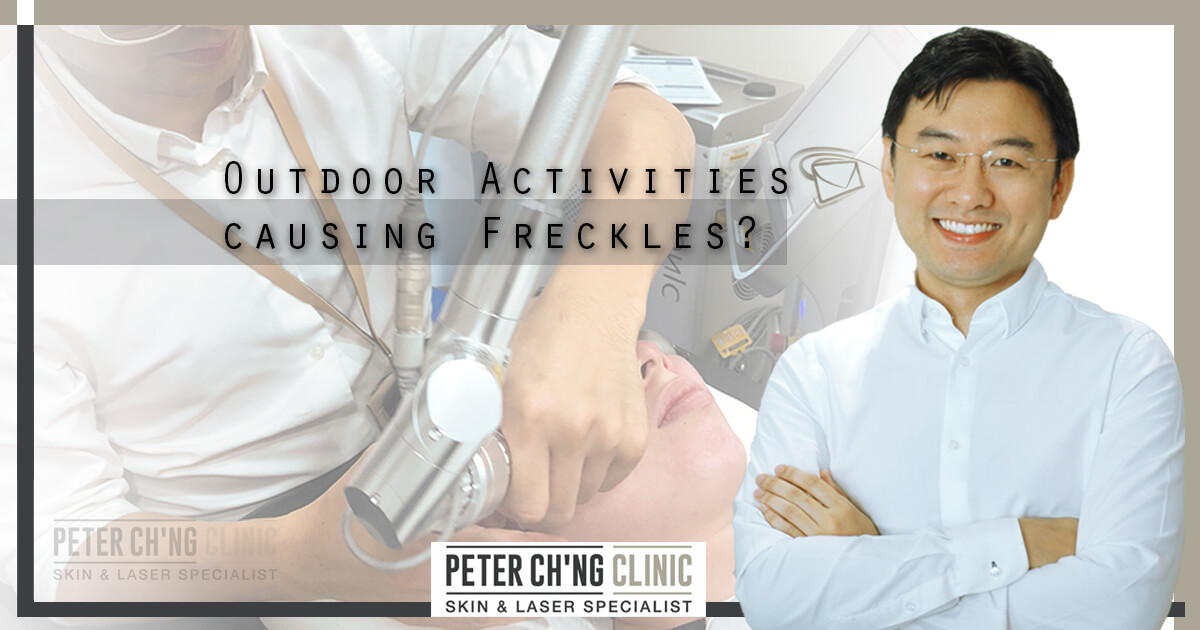Age Spots, Freckles, or Hyperpigmentation?
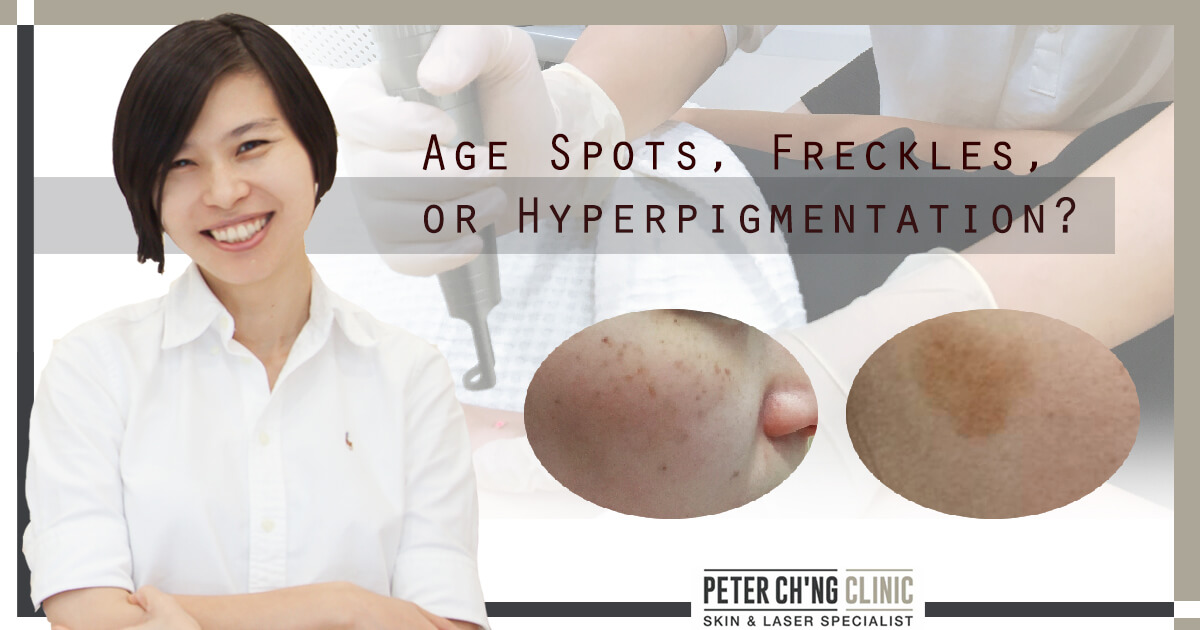
Do you have pigmentations spots on your face? These pigmentation spots can be in a darker colour, in a lighter colour, or simply in a different shade of colour from your skin.
Pigmentation spots can be caused by various different factors, depending on the type of pigmentation you have.
Last week, Dr Loo Keng Shien, our Aesthetic Physician (skin doctor), explained in detail on how we can safely and effectively treat hyperpigmentation, check it out here: Patient Mailbox: Makeup Can’t Cover the Hyperpigmentation on My Face
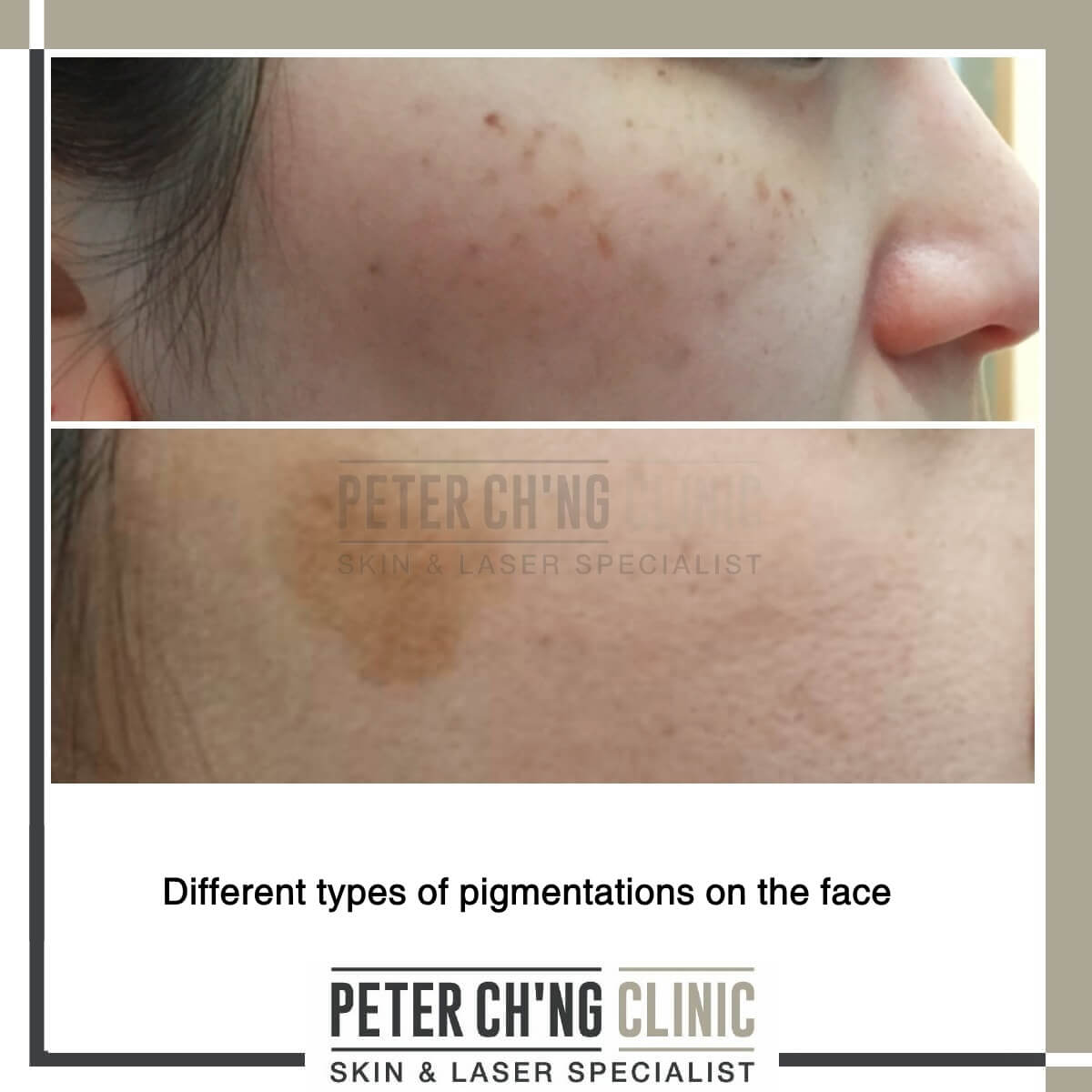
However, even though pigmentation spots can indeed be treated, Dr Loo also mentioned that it is important to first get our skin condition diagnosed accurately by a dermatologist (skin specialist) or aesthetic physician before undergoing any treatment.
And this is especially important for pigmentation problems, since there are a few different types of pigmentation that can look similar.
Which type of pigmentation do you have? Age spot, freckles, or hyperpigmentation? Let's have a look at each of them.
Age spots

Age spots, also commonly known as liver spots, appear on our face as solar lentigines - patches of darkened skin caused by the accumulation of melanin (dark pigments) as a result of exposure to sunlight UV (ultraviolet) radiation.
These lentigines or spots are usually 2-20mm in macule area (area of discolouration).
We can find age spots appearing in sun exposed area, like the back of our hands and our face. So through the years as we age, our skin is also exposed to sunlight for a longer period cumulatively, causing age spots to be more common in old age.
The most important step to prevent the formation of age spots is sun protection. This includes avoiding outdoor activities during the peak hours of sunlight radiation from 10am to 4pm, using physical sunblock like wearing a hat or covering up with clothing, and applying chemical sunblock.
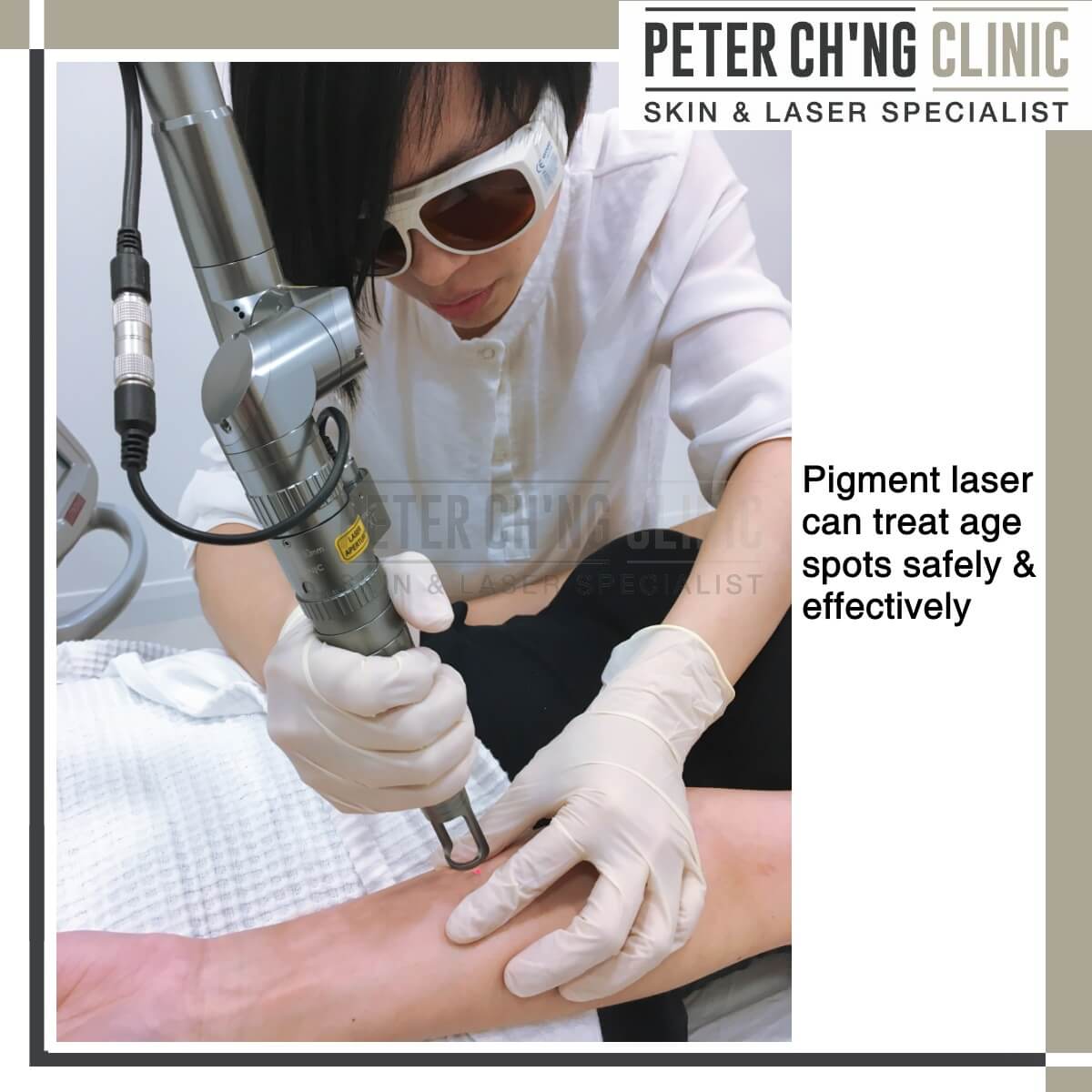
Age spots can be treated using laser treatments and chemical peel by a dermatologist or aesthetic physician.
Do you have age spots? Read more about age spots and how you can get rid of them here in Dr Loo's previous article: Patient Mailbox: Age Spots Inevitable After 40?
Freckles

Freckles are small, brownish or black pigments. They come in clusters and there are usually multiple freckles around the same skin area. Freckles often appear on the face and other areas that are often exposed to sunlight or UV (ultraviolet) ray.
Freckles are also harmless, and they almost always won't turn into skin cancer, so it is usually not a huge cause for concern.
Freckles and pigmentation on our skin become worse under sunlight and UV (ultraviolet) rays exposure, and will worsen the more exposed the skin is to sunlight, especially during the hours of late morning till afternoon (about 10am to 3pm).
In Malaysia, we have sunny weather all the time, so the freckles on our skin do not get better like in some countries during the winter and are present all the time.

To remove freckles from our skin and on our face, the safest and most effective treatment method is using lasers.
But always, always, remember: laser treatments are safe and effective if used correctly by a trained medical doctor, but can be dangerous and leave our skin exposed to risks of burns and injuries if operated by an untrained individual.
Dr Peter Ch'ng, our dermatologist, have previously explained in detail about freckles and its treatment, check it out here to know more: Patient Mailbox: Freckles Problem Due to Outdoor Activities
Hyperpigmentation

Hyperpigmentation is the appearance of dark pigments on the skin. Depending on the cause of hyperpigmentation, these pigments can appear in large or small quantities on different areas of our skin.
Hyperpigmentation occurs on the area where the skin is injured. When there is an injury or inflammation to the top layer of the skin (our epidermis), it also means that there is a breakage in the inner of our skin (our dermis), in the basement membrane, which allows the deposition of melanin (dark pigment) into this layer of our skin.
If you have had a history of acne and acne scars in the past, it is highly likely that your pigmentation is a type of post-inflammatory hyperpigmentation.
Hyperpigmentation can be prevented by practising diligent sun protection, through sun avoidance, physical sunblock and chemical sunblock application.
Laser treatments like pigment laser and copper bromide laser can treat hyperpigmentation safely and effectively. If used by a skilled doctor, the laser can be adjusted to the best and most accurate position to target all the pigments accurately so that the results are precise and satisfactory.
There are also some medical products that can be used to lighten the pigment. However, these products should only be administered by a certified skin specialist or aesthetic specialist doctor after proper diagnosis on the skin condition.
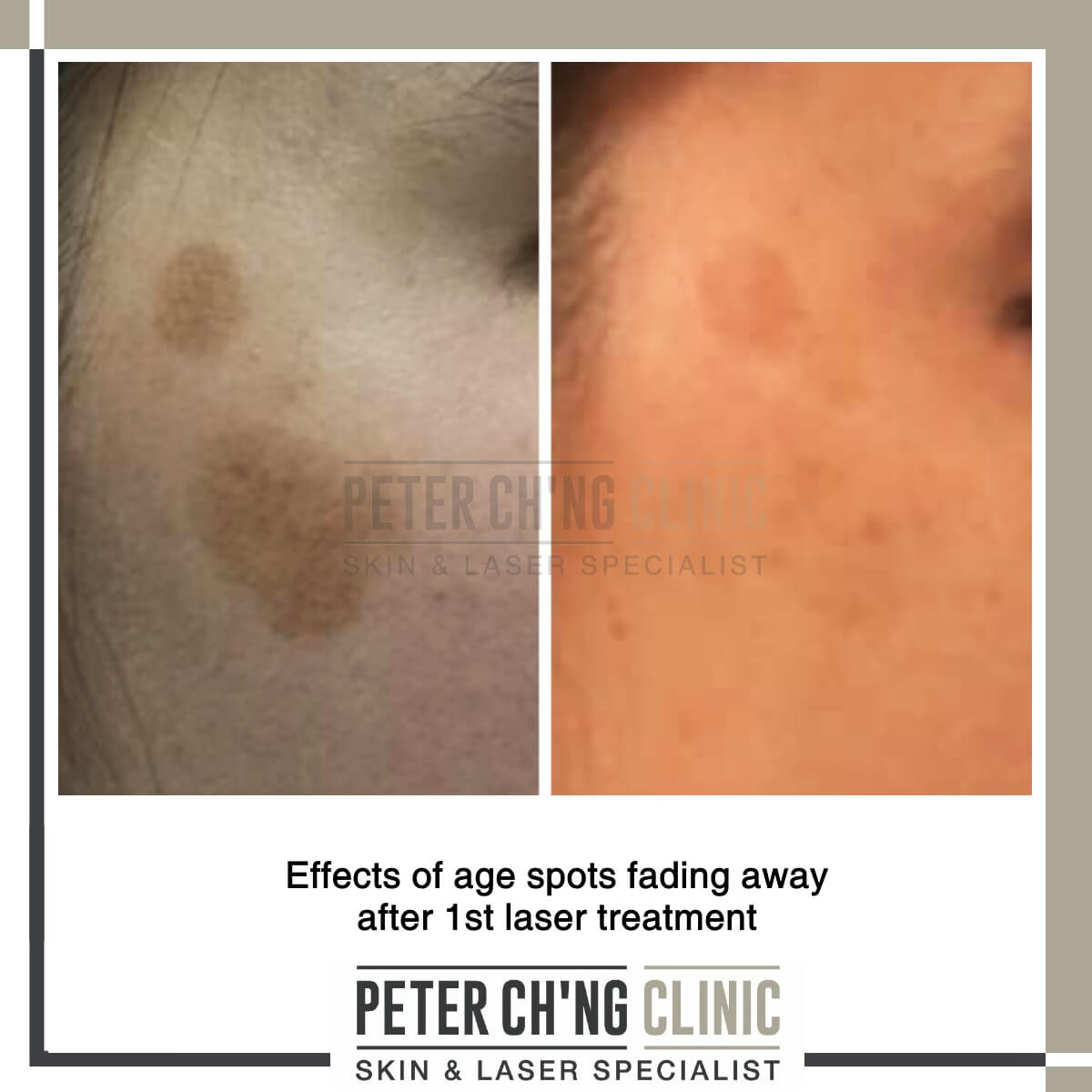
No matter which type of pigmentation you have, be it age spots, freckles, or hyperpigmentation, once again it is most important that you first get your skin condition diagnosed by a dermatologist or aesthetic physician, and have your skin treatment done only by an experienced and certified specialist doctor at a verified clinic.
There are no shortcuts in safety!
*Editor's note: To get an accurate diagnosis on your pigmentation problem, you can always call us at +6011-22882299, WhatsApp us here, or book an appointment with Dr Loo here!
We'll be going back to the Patient Mailbox series next week, this time a special edition with both Dr Peter Ch'ng and Dr Loo, so stay tuned!

If you’d like to ask more about your skin condition or have a discussion with Dr Loo, call us at +6011-22882299, Whatsapp us, or book an appointment with Dr Loo here!
Treatments mentioned in this article :
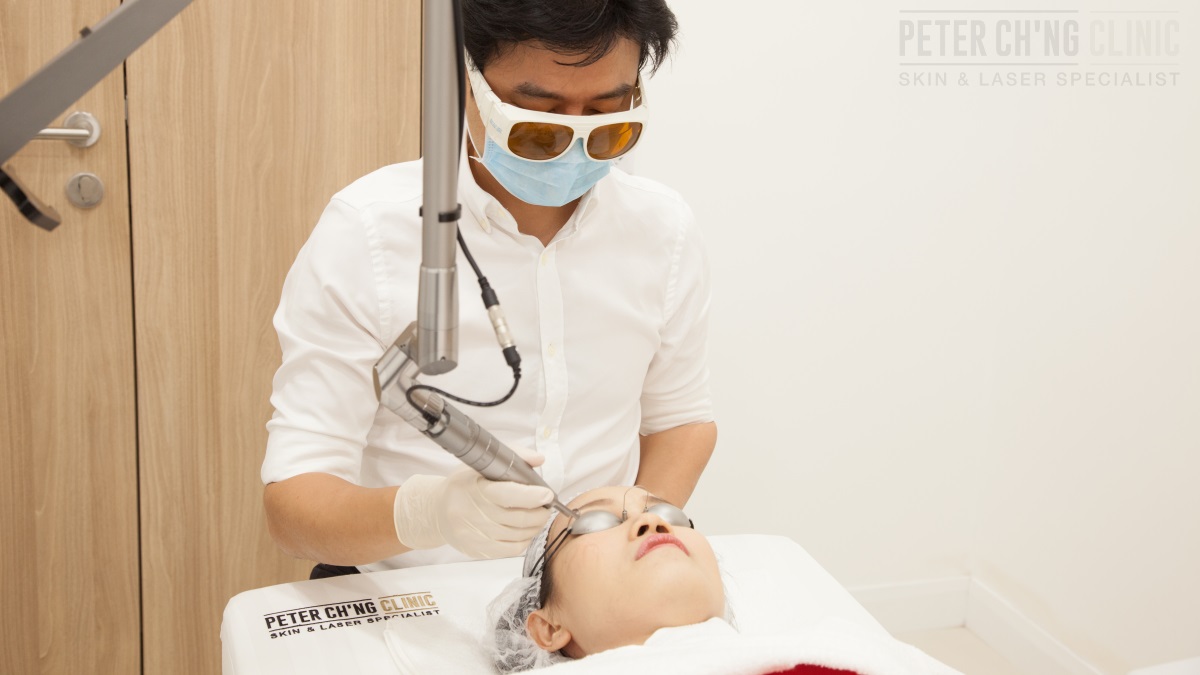
Pigment Laser
Laser treatments are always one of the most effective treatments to get rid of pigmentation on the skin. Pigment lasers can penetrate deep into the skin and remove the pigments beneath the skin to make the spots on the skin surface disappear.
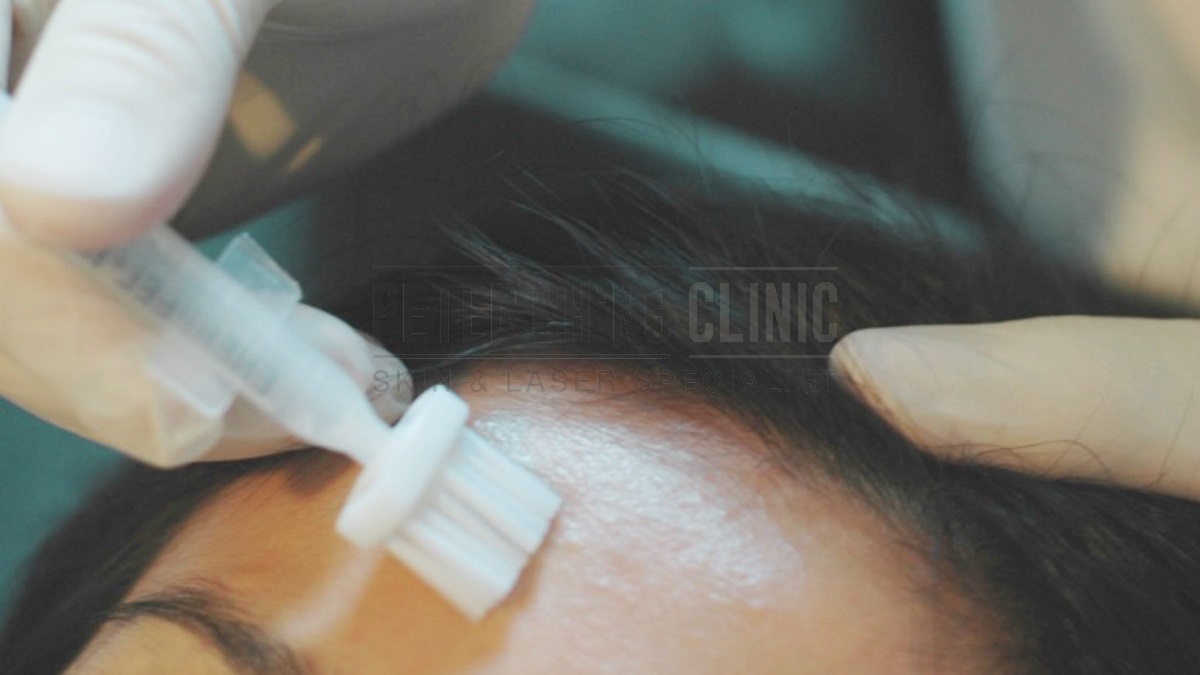
Chemical Peel
Chemical peels are acids that are applied on the skin to cause the skin to peel. This process stimulates the skin cells to regenerate faster and thus fastening the process of skin healing.
